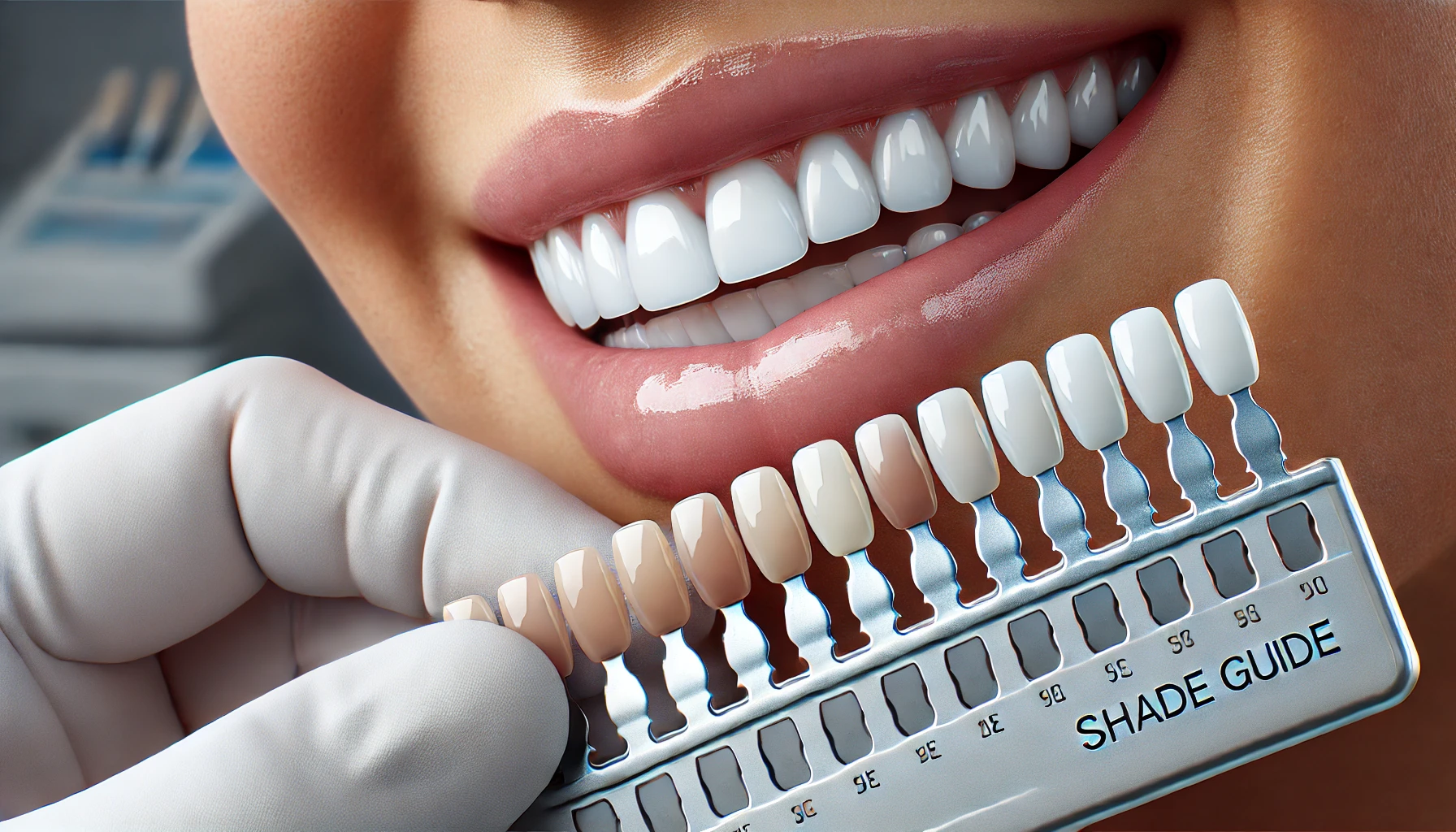This post was written with Consensus AI Academic Search Engine – please read our Disclaimer at the end of this article. Porcelain veneers are an effective and aesthetically pleasing option for improving the appearance of teeth. With various preparation techniques and materials available, they offer a customizable solution to meet individual patient needs. Research supports their use in both prepared and unprepared teeth, highlighting their versatility and effectiveness in cosmetic dentistry1 2 3 5 6 7.
Porcelain veneers are a popular choice in cosmetic dentistry for enhancing the appearance of teeth. They offer a minimally invasive solution to various dental issues, including discoloration, minor misalignments, and surface defects. This article explores the uses, procedures, and benefits of porcelain veneers, supported by recent research findings.
Uses of Porcelain Veneers
Porcelain veneers are primarily used for aesthetic improvements. They can address a range of dental issues such as:
- Discoloration: Veneers can cover teeth that are stained or discolored due to various factors, including tetracycline staining and dental fluorosis5.
- Minor Misalignments: They can correct slight misalignments and gaps between teeth, providing a more uniform appearance.
- Surface Defects: Veneers are effective in covering enamel hypoplasia and small area defects, enhancing the overall look of the teeth5.
Procedure for Porcelain Veneers
The procedure for applying porcelain veneers involves several steps:
Tooth Preparation
Tooth preparation is a critical step in the veneer application process. Different preparation techniques can influence the strength and longevity of the veneers:
- Facial Surface Preparation: This involves minimal reduction of the tooth’s facial surface. Studies have shown that teeth prepared only on the facial surface exhibit fracture resistance comparable to unprepared teeth1.
- Incisal Edge Preparation: Including the incisal edge in the preparation can reduce fracture resistance, making it less favorable compared to facial surface preparation alone1.
- No-Preparation Veneers: In some cases, veneers can be applied without any tooth preparation, especially when the enamel is affected by wear, trauma, or abrasion. These no-preparation veneers have shown high shear bond strength, making them a viable option for patients who prefer to avoid tooth reduction2.
Veneer Fabrication and Bonding
Once the teeth are prepared, the veneers are fabricated from materials such as Empress or IPS e.max ceramics. These materials are chosen for their aesthetic qualities and durability. The veneers are then bonded to the teeth using a luting composite material, which ensures a strong and lasting attachment1 2.
Post-Procedure Care
After the veneers are bonded, patients are advised to follow specific care instructions to maintain their appearance and longevity. Regular dental check-ups and proper oral hygiene are essential to prevent issues such as marginal microleakage, which can compromise the veneer’s integrity6.
Benefits of Porcelain Veneers
Porcelain veneers offer several benefits, making them a popular choice for dental restorations:
- Aesthetic Appeal: Veneers provide a natural and attractive appearance, closely mimicking the look of natural teeth.
- Minimally Invasive: The procedure requires minimal tooth reduction, preserving more of the natural tooth structure compared to other restorative options like crowns7.
- Durability: When properly bonded and maintained, porcelain veneers can last for many years, providing a long-term solution for dental imperfections3.
Disclaimer
The content presented in this blog is generated by Consensus, an AI-powered academic search engine, and is based on publicly available scientific literature. While every effort is made to provide accurate, up-to-date, and well-researched information, the content is intended for informational and educational purposes only. It does not constitute medical advice, diagnosis, or treatment. Always consult a qualified healthcare professional before making any decisions regarding medical conditions, treatments, or medications. The AI system’s analysis may not cover all perspectives, emerging research, or individual cases, and it is not a substitute for professional expertise. Neither the blog publisher nor the developers of the AI-powered search engine are responsible for any actions taken based on the information provided in this content. Use of this information is at your own risk. Citations to the original scientific studies are included for reference, but these studies should be reviewed in full and interpreted with the guidance of a healthcare or research professional.
If you are experiencing a medical emergency, please seek immediate attention from a healthcare provider.
